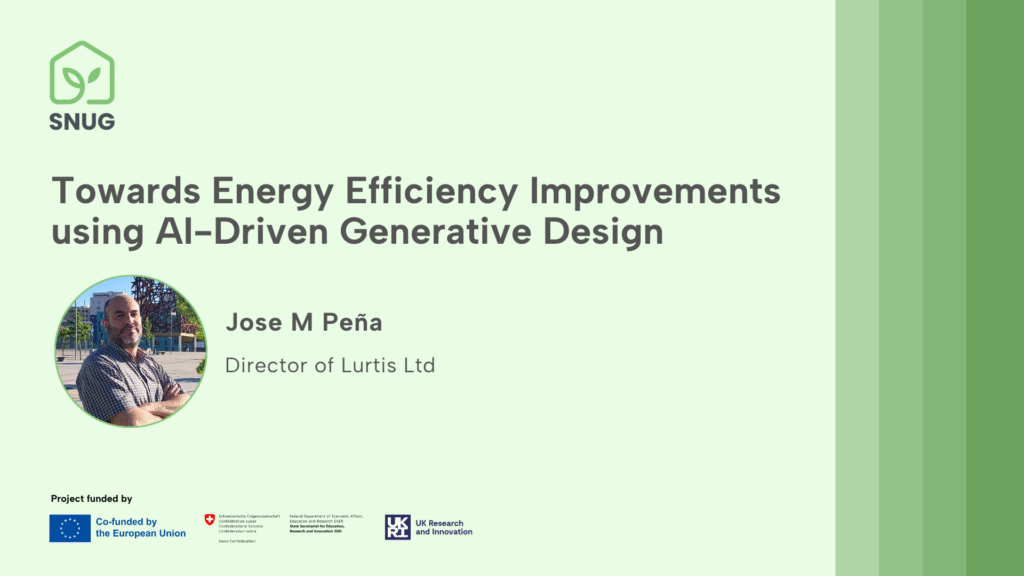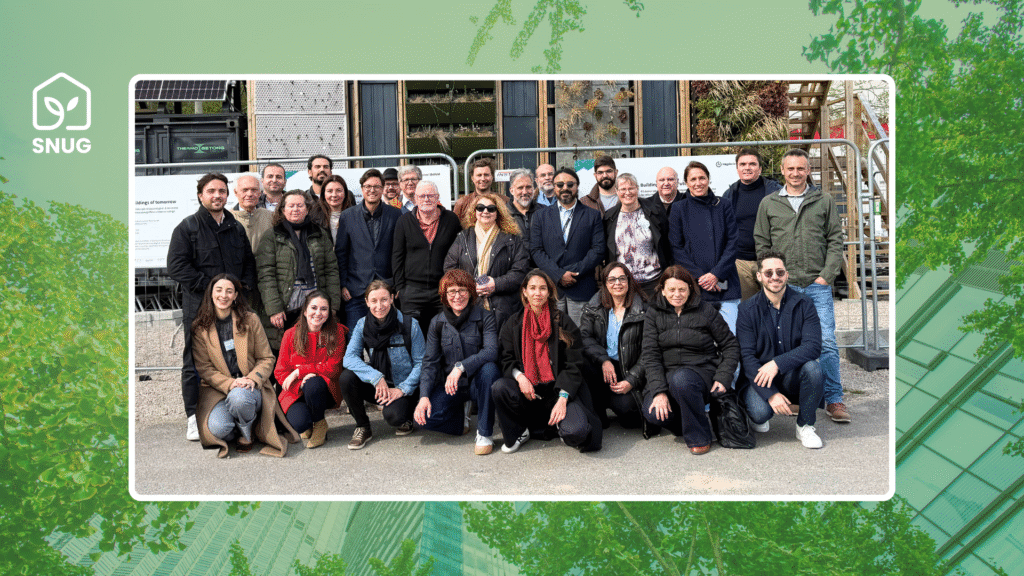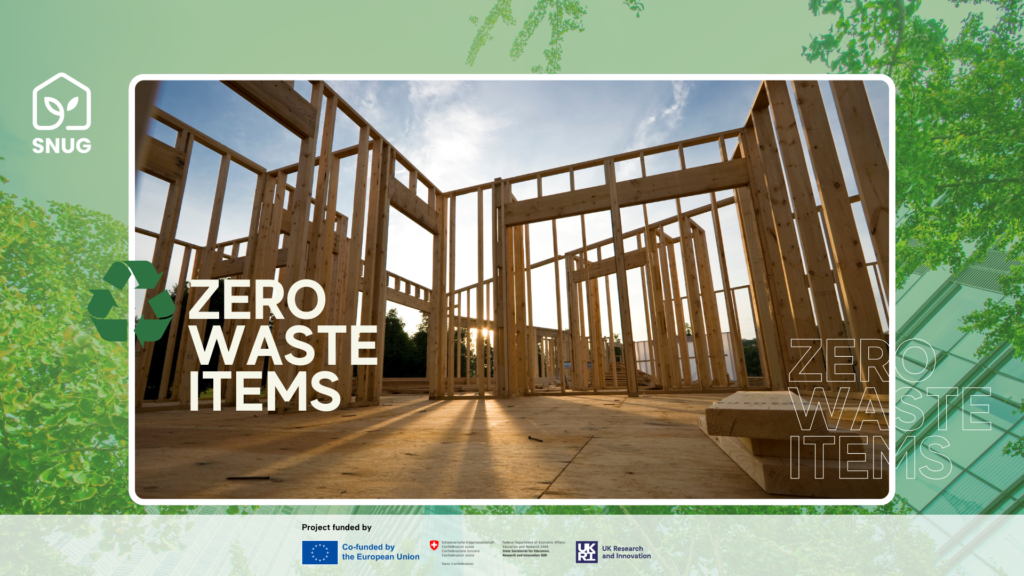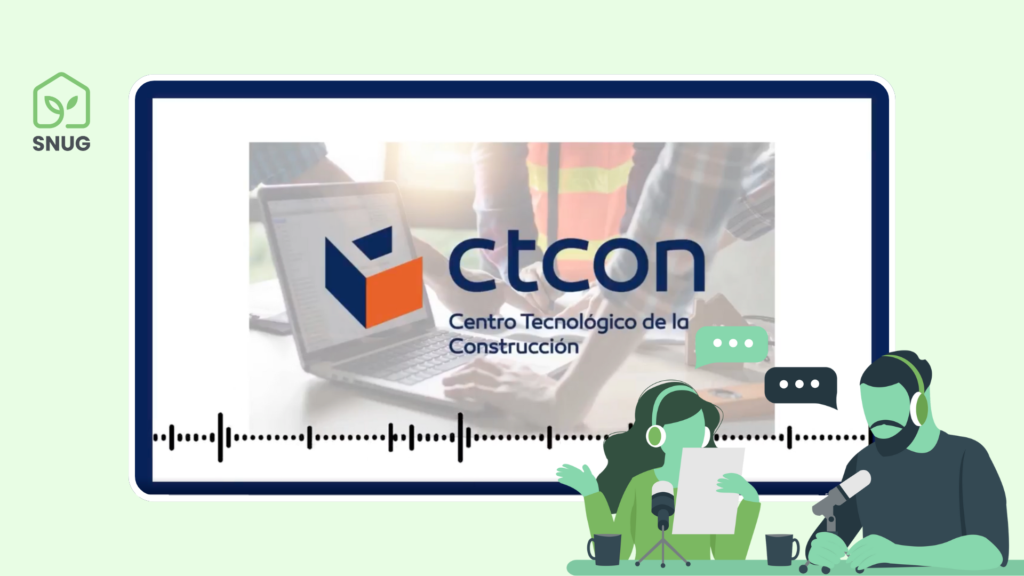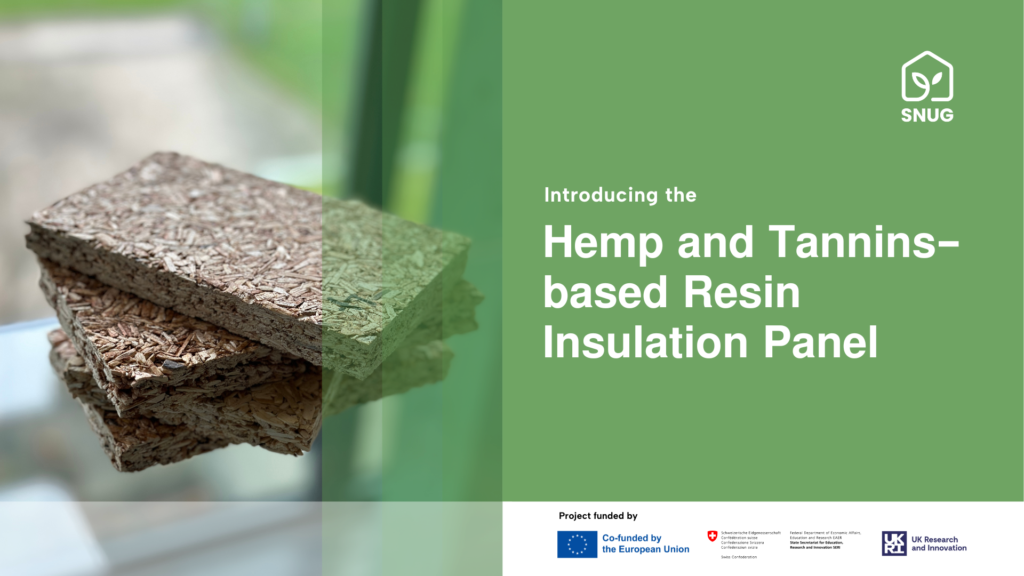Progress of the European construction sector in the fight against climate change
In the last decades, we are witnessing a change in our development model due to climate change and other socio-economic factors. The beginning of this change towards a more sustainable model was slow, but in recent years, it is accelerating in Europe and already starting to become a reality in the market. Among the factors that are accelerating this change in Europe, we can highlight:
- Requirements of public administrations;
- Environmental policies;
- Dependence on raw materials and resources not available in Europe;
- Increase in landfill waste disposal fees;
- Payment for CO₂ emission rights;
- Social pressure.
All these factors are accelerating changes and the search and development by companies and administrations for new products and more sustainable production systems.
In this transition to a more sustainable model, the construction sector is key due to the large amount of resources it consumes. The sector causes 35% of greenhouse gas emissions (cement production alone represents 8% of global emissions), consumes 40% of all available energy and 50% of all raw materials. It is also a sector characterized by the production of large quantities of waste. For example, construction and demolition waste (CDW) represents 30% of all solid waste produced in Europe.
On the other hand, the construction sector is a sector where large amount of waste from other sectors can be reintroduced, which represents a great opportunity to promote the change towards a circular economy.

In the construction market, there is a growing prevalence of new products developed with circularity criteria and boasting low environmental impact. This trend underscores the tangible shift occurring within the sector. As previously noted, the rise in waste disposal costs and the necessity to offset CO₂ emissions are expediting the introduction of innovative alternative products to the market.
As we move to a circular model, we are changing the way we design building products, construction systems and buildings.
In the design of construction products, special attention will be paid to aspects that were not so much analysed before. The reduction of environmental impact, durability, the possibility to easily reuse the products and the ease of recyclability at the end of life with few resources, will be key aspects to take into account in the design of the products.
This change of model also affects the design of buildings and constructions. Evidence of this is the energy rating of buildings, which is already a widespread practice that makes it possible to reduce the energy demand of buildings during their useful life.
For the design of buildings based on circular criteria, aspects such as designing with the end of the building’s useful life in mind, the use of low environmental impact products that can be easily dismantled, reused and recycled, the use of renewable energies, etc. will be crucial aspects to consider. Another important aspect will be the design of constructions that facilitate possible future changes of use, with “flexible” designs that allow changing spaces and changing construction elements, ensuring the future usefulness of the constructions built today. Industrialisation and the use of easily disassembled and reusable systems will be very useful for this purpose.

A good example of this change in the way construction materials and buildings are designed can be found in the SNUG project. SNUG seeks to showcase an innovative methodology through practical applications on three distinct buildings with varying characteristics, purposes, and climatic conditions. This methodology aims to assist planners in choosing the most suitable combination of insulation materials, their placement, and integration to enhance energy efficiency and reduce greenhouse gas emissions over the building’s lifecycle, considering specific building characteristics and its environment, at an optimal cost level.
In the project, we will develop innovative sustainable-by-design thermal insulation materials and lightweight prefab solutions ready to market deployment, based on Circular Economy, Smart and/or Renewable materials and able to improve energy efficiency and sustainability of buildings in comparison with current market solutions at a competitive cost.
Specifically, the SNUG project is developing new autoclaved aerated concrete (AAC) blocks, low carbon footprint cements, mortars for underfloor heating, mortars for façades, aerogels and biomass-based boards. All these products are an example that it is possible to obtain products designed with circular criteria at similar prices to the current products available in the market and, in addition, with superior performance. For this, only a change of mindset and thinking is necessary.
The SNUG project is also developing a software tool to support architects and designers in the design of buildings and constructions, taking into account a multitude of circularity and environmental impact, performance, cost, health and safety, etc. criteria. This tool will be very useful in selecting the most suitable materials and construction solutions in each case.
As can be seen, SNUG is a project that demonstrates that another way of building is possible, designing buildings bearing in mind other aspects in the design, as well as the use of low environmental impact construction products at a cost similar to the products currently available in the market.
Download full article in pdf here.
